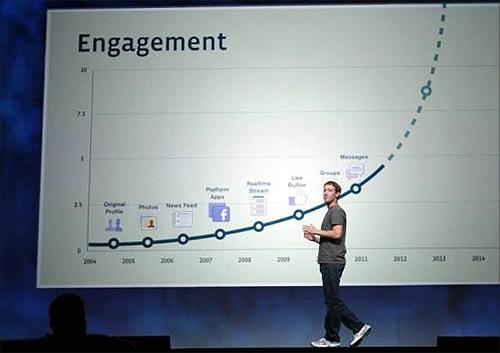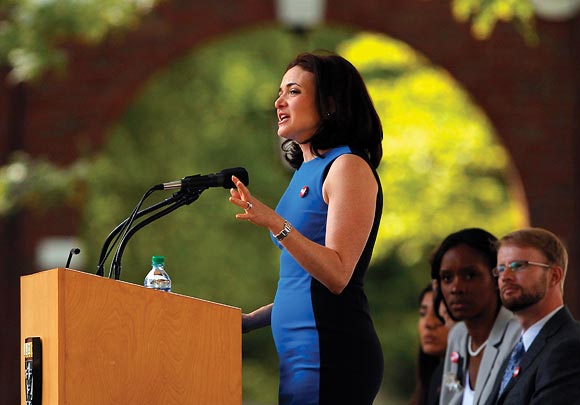
Follow these simple tricks and make your audience sit up and listen to you.
I always dreaded giving presentations.
The first time I gave a presentation, I almost froze on the stage.
The reason was not my lack of preparation. In fact, I had worked on my presentation for a week by then.
The reason was my experience with others' presentations.
Sitting among the audience, I had known exactly what the audience expected.
I dreaded to give a presentation because of the fear of audience's negative response.
It took me a while before I realised what is essential for a great presentation.
I am sharing the 11 things I did to make my presentations better.
1. Research your topic
Basic yet an important expectation!
A thorough research on the topic helps in boosting your own confidence.
You would be in a better position to answer questions.
Also, having the right facts in the right place in your presentation builds up interest among the audience.
Please click NEXT to continue reading...

Formal attire is always welcomed. It also gives a sense of professionalism.
However, decide the attire based on the mood and topic of the presentation.
For instance, if you are presenting a lighter topic in front of a group of young people, wearing a business suit makes absolutely no sense.
3. Connect with the audience
Eye contact is always a must as no one in the audience should feel left out while you're speaking.
At the same time, invite questions from them.
Start a discussion to take audience opinion.
This not only ensures active participation but also keeps the audience awake even during the most boring parts of the presentation.
4. Voice modulation
One has to vary the pitch, the tone and the volume appropriately to relate to the emotional levels of the audience and to emphasise an important point.
Be loud and clear and ensure that you speak in naturally. Fake accents can get preposterous at times.
Please click NEXT to continue reading...

In case, you are using a Power Point presentation, do not overload the slides with content.
Several people commit the mistake of dumping every line they are about to speak on the slides.
This only distracts the audience, as many would be occupied in reading the content on the slide. Thus, keep only the major pointers on the slide.
6. Include images
A picture speaks a thousand words.
Usage of images in the presentation leaves a lasting impact on the minds of the audience.
Relevant pictures can actually replace the text and thus, you can keep the audience engaged as they would now listen to what you would speak to explain those images.
7. Make use of props
Using props and speaking at the same time needs practice.
However, if one becomes an expert in the same, connecting with the audience becomes easier.
For instance, if your presentation is on ten uses of a stapler apart from stapling, it's obvious that audience would love to 'see' how it can be used.
Please click NEXT to continue reading...

Any presentation can become boring after a few minutes if there is no humour involved.
If grabbing the audience attention though out your talk is the motto, then you cannot leave out on humour.
Your topic may be really interesting, however, after a certain time, the disconnect begins.
Thus a line of humour here and there refreshes the audience.
Disclaimer: Do not laugh at your own jokes.
9. Take feedback
After the presentation, do make it a habit to take feedback from the audience. Keep a feedback form handy. Learn from the mistakes and take those lessons for the next presentation. Record your presentations to analyze what good you did and where you failed.
10. Learn from experts
Attend as many great presentations as possible.
Most are available on the online video channels. However, if you know someone who is known for his/her impeccable presentation skills, do attend their sessions if you get a chance. Every session would be a new learning session.
11. Join non-profit training clubs
Though there are institutes which take a lot of money to train you, there are also non-profit clubs like Toastmasters clubs which help you develop your speaking and presentation skills at far lesser amounts.
They help you lose your fear for public speaking. Look out for the one near your home.